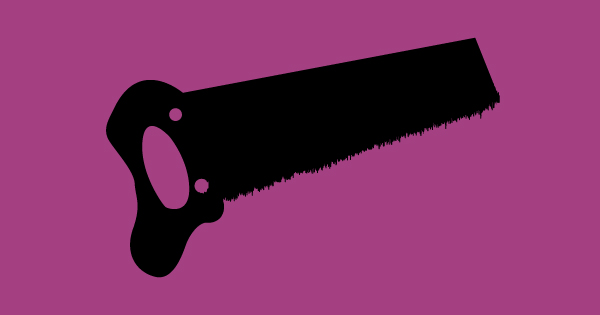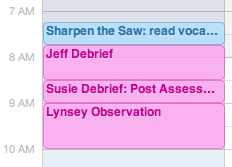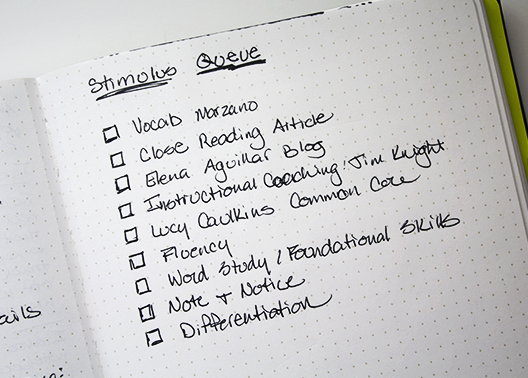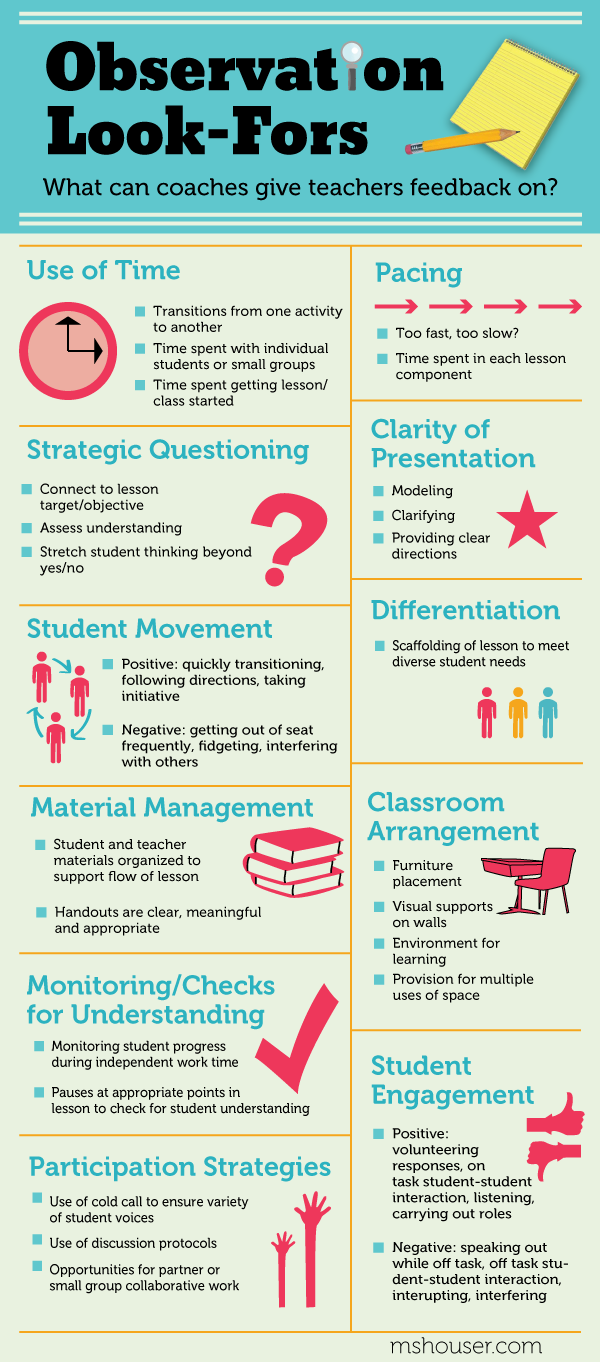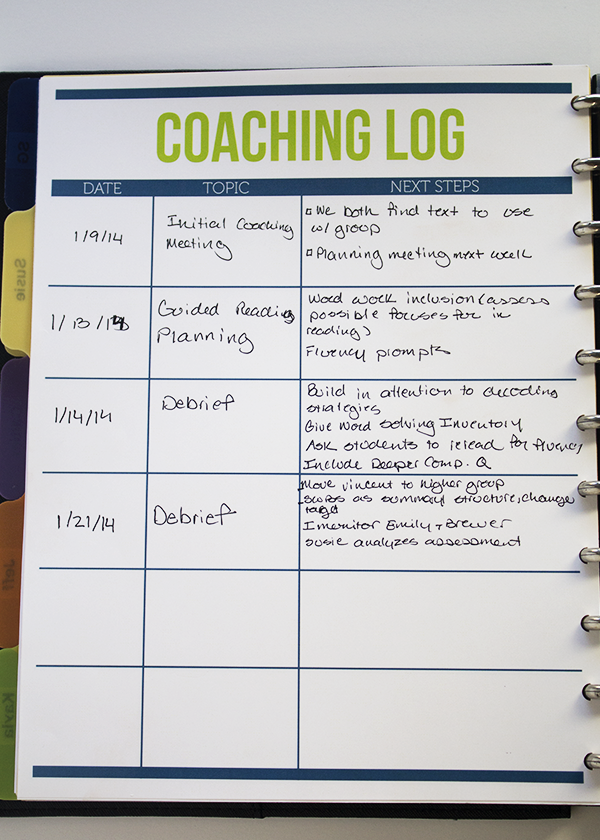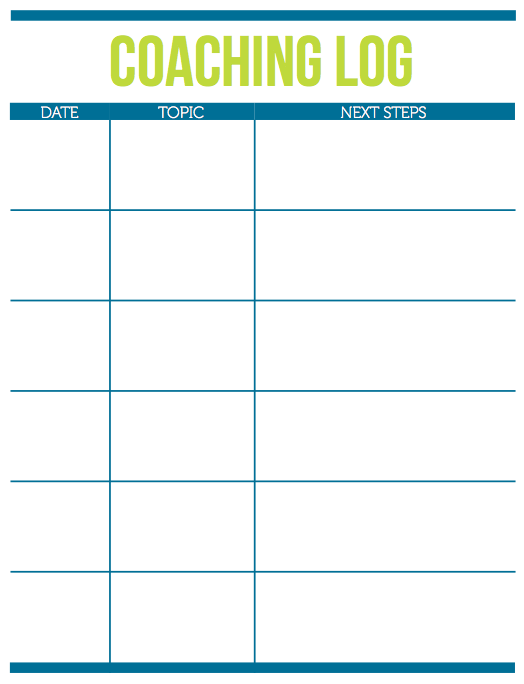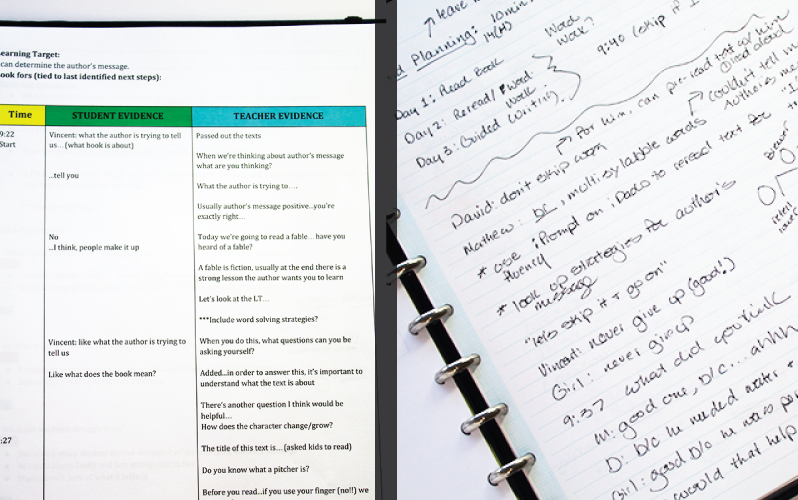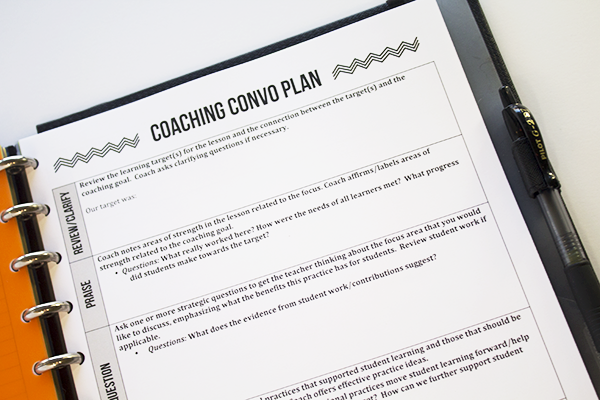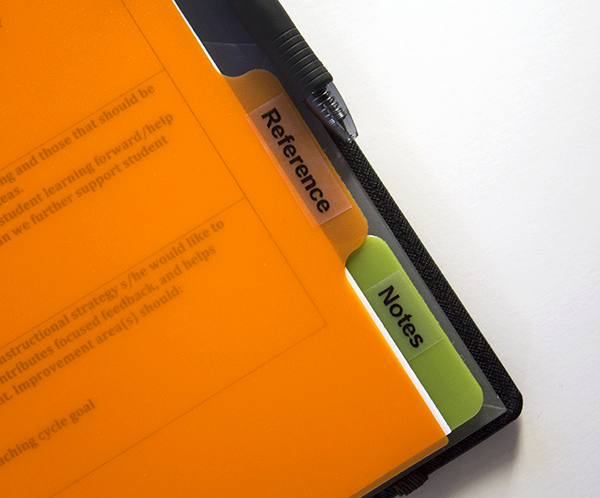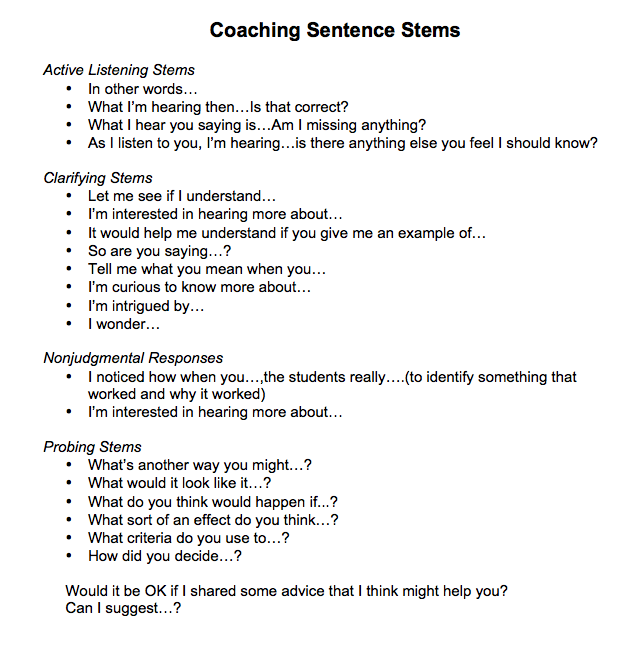How Sharp is Your Saw?
Goals and Motivation, Instructional Coaching, Teaching Tips, Time ManagementWhat are you doing to support your own growth and professional learning? This was a question our principal recently asked us at a staff meeting. Later that week as I reflected on my Teacher Professional Learning Plan (do you guys have these?), I noted “dedicate more time to sharpen my saw” as a next step.
So what does sharpen the saw mean? Well, it’s a saying that refers to staying fresh, or renewing in all four areas of your life — physical, emotional, mental, and spiritual. The saw I’m referring to in this post and the one I’m going to focus on sharpening is my mental saw; learning, reading, writing…continuously improving your skills and knowledge. As an educator, you’ve got to stay on top of your game. Period. So here’s my saw sharpening game plan:
Put It On Your Schedule…(and stick to it)
If you don’t block off time on your calendar or schedule, it’s not going to happen. I like to schedule my saw sharpening time first thing in the morning. Right now I’m planning for at least 30 minutes a day (including weekends), which would come to three and a half hours a week. I know we’re stretched for time, but that’s totally doable and you’ll be 3.5 hours smarter each week!
Be honest with yourself and schedule your saw sharpening at a time when you really will be able to honor that commitment. A time when you know you’ll be able to focus and won’t have to battle distractions. Setting a timer during your study time can also help hold you accountable.
Track Your Progress
Tracking your progress allows you to see the results of your efforts and seeing results makes you feel like you’ve accomplished something. Accomplishment feels good, which gives you the motivation to keep it going the next week. I like to track my progress in my notebook, marking off 15 minutes minute intervals in boxes. It looks something like this:
I also added an “Evidence” section to my coaching notebook so I can track the impact of my saw sharpening on my work with teachers and students.
Create a Stimulus Queue
Creating a stimulus queue is an awesome idea I picked up from reading The Accidental Creative. It’s a place to record resources and ideas to follow up on during your saw sharpening time. What learning is really going to help you move forward in solving a problem or doing better work? When you come across an idea or resource, write it down. My stimulus queue is also in my notebook and I use it to help me plan my time.
Alright friends, sooooo…how sharp is your saw? Sharp enough to slice through your work like a hot knife through butter? Or could it stand a little sharpening?
If you have any stimulus queue ideas or resources to contribute, please share in the comments below!
Thanks for reading,
![]()

